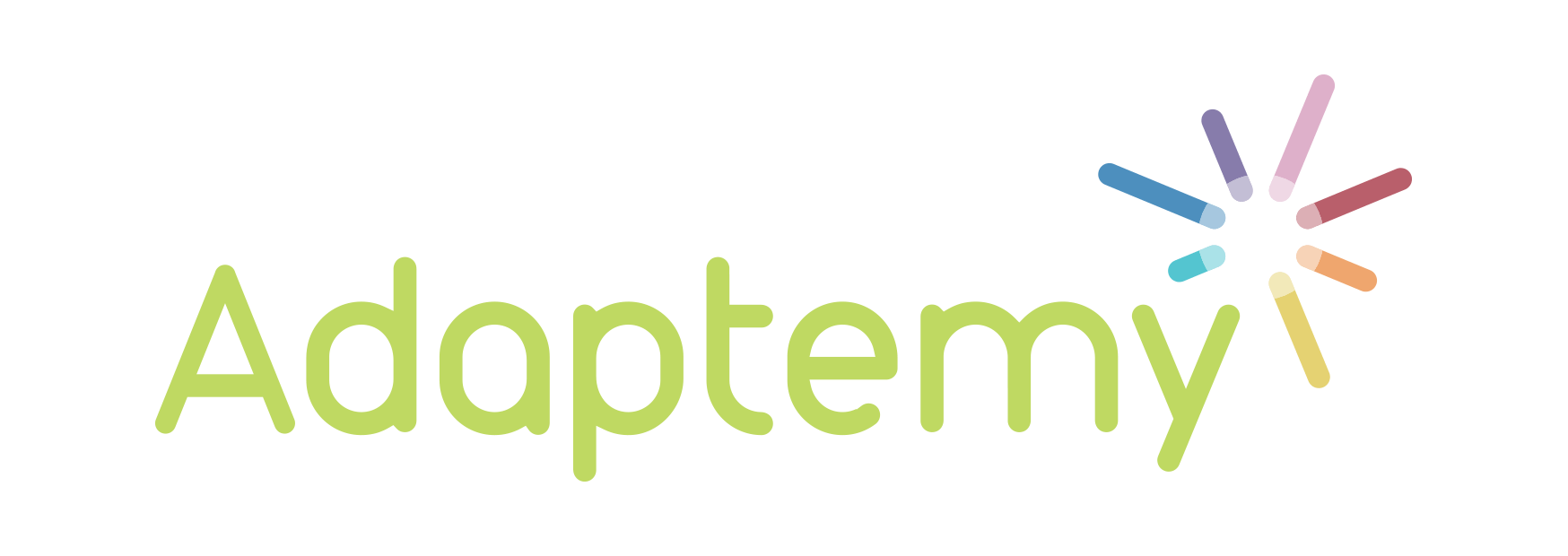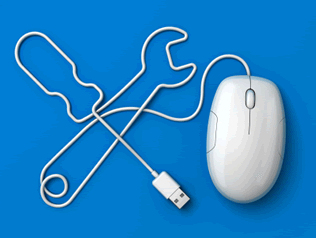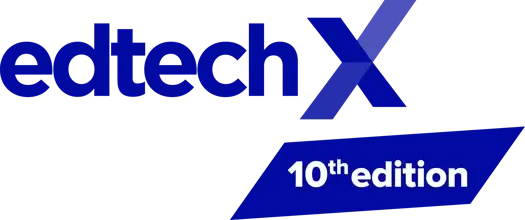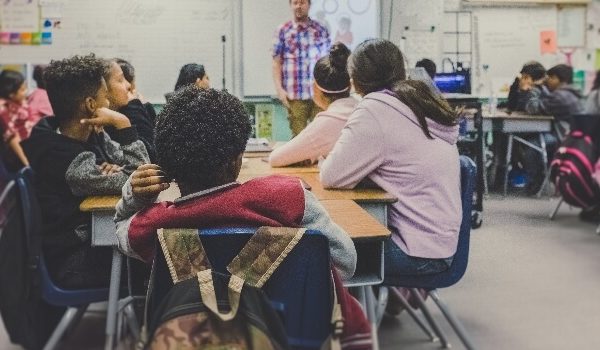While EdTech will certainly play a vital role in shaping the future of learning, a common misconception among both new and experienced EdTech users is that digital solutions should be used for their own sake. This mistake can lead teachers and their students to forget why they are using a particular tool and lose sight of their ultimate goal: improving student learning and understanding. Viewing EdTech as the goal rather than as a tool to achieve bigger goals can affect how teachers and students view the use of technology in the classroom as well as the way in which each tool is used.
The teacher’s mindset is often the most important aspect of the classroom because it can affect everything in the learning environment. Teachers who begin using EdTech because they want to become involved in the future of learning may be setting themselves up for failure before they even create an account. Rather than deciding “I want to use Tool X”, teachers should first ask themselves “how would Tool X empower me to deliver improved learning outcomes?”.
Approaching solutions with this mindset will ensure that teachers will remember their ultimate goals. The distinction between viewing EdTech as the goal and viewing it as a tool is similar to that between going for a drive and driving to a particular destination. While both activities look similar, the former views driving as the goal while the latter uses driving as a tool to reach a destination. Teachers can enjoy their EdTech journey while continuing to move towards their goals, and adopting this mindset is a vital step towards getting the most from EdTech solutions.
The way in which the teacher approaches the use of technology in the classroom can have an impact on the mindset of their students. Students who view classes that incorporate EdTech solutions as “computer classes” can become distracted by the tool, and this can prevent them from reaching their goals. While this mindset is somewhat inevitable when using technology in the classroom is a novel concept, emphasising that students will need to bring their usual supplies (such as pencils and calculators) will help them to view EdTech as a tool. Eventually, teachers and students alike should view digital solutions as similar to textbooks in that they are simply tools that support student learning. Presenting technology to students as a tool will allow teachers to deliver improved learning outcomes.
The extent to which teachers and their students view EdTech as a tool rather than as the goal will shape how technology is used in the classroom. Using EdTech for its own sake will lead educators to adopt digital solutions that are inappropriate for their needs, and teachers who view classes that incorporate EdTech as different from more traditional classes often find that a lack of continuity emerges between these learning environments.
All teaching methods must have a common goal in order to achieve successful integration, and as such teachers should decide what they want their students to learn before considering how technology can be used to achieve this goal. Teachers may overuse EdTech if they view it as the goal or become complacent if they feel that they have achieved this goal, and keeping learning goals in mind will prevent both of these outcomes and encourage critical evaluation and development.
Despite the common mistakes described above, many educators successfully use EdTech as a tool to reach their goals. Digital classroom solutions, particularly those that adapt to the needs of each learner, empower teachers and engage students in order to facilitate the definition and attainment of individual learning goals. These forms of technology can ensure that such goals are reached even if teachers lose sight of them from time to time, and as such the likelihood of student progress being hindered by misunderstanding the purpose of technology is negligible. Additionally, teachers often have an intuitive understanding that EdTech is a tool and the absence of such an understanding can be remedied using the above tips.
Viewing EdTech as the goal rather than as a tool is a common mistake among new and experienced users, but the tips above will allow students and teachers to adopt the correct mindset and usage habits. Tweet us @adaptemy and let us know your thoughts!




